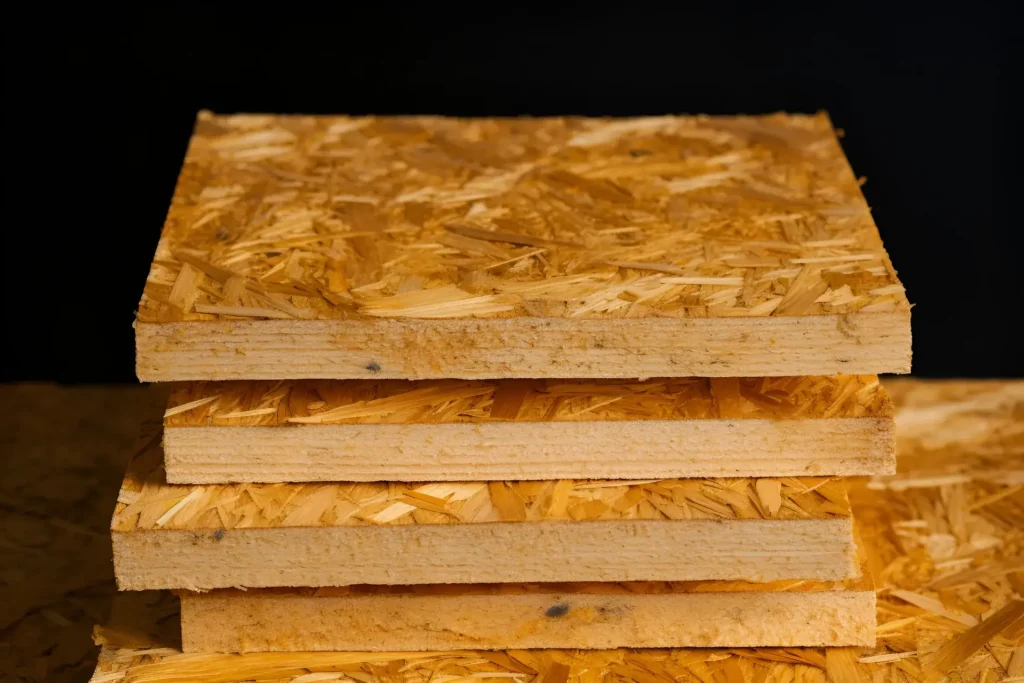Oriented Strand Board (OSB) emerges as a formidable contender in the realm of engineered wood products, offering strength comparable to plywood at a more budget-friendly price point. Crafted by compressing layers of wood strands with adhesive, OSB stands as a testament to efficiency and reliability in construction and woodworking projects. In this article, we delve into the features, benefits, and applications of OSB, highlighting its unique qualities and advantages over traditional plywood.

Strength and Cost-Efficiency:
OSB boasts a strength comparable to plywood while offering significant cost savings, making it an attractive option for budget-conscious builders and homeowners. Its consistent size and structure ensure uniformity in performance, delivering reliable results across various applications. Despite its affordability, OSB does not compromise on durability or structural integrity, making it a popular choice for both residential and commercial construction projects.
Superior Shear Strength:
One of the standout features of OSB is its exceptional shear strength, surpassing that of traditional plywood. This superior shear strength enables OSB to resist breaking down under high loads and pressure, making it an ideal choice for applications where structural stability and resilience are paramount. Whether used in flooring, roofing, or wall sheathing, OSB proves to be a robust and reliable material capable of withstanding the rigors of daily use and environmental challenges.
Versatility in Applications:
OSB finds a multitude of applications across various industries, thanks to its versatility and adaptability to different project requirements. It excels in exterior applications, where its resistance to moisture and weathering makes it an excellent choice for sheathing, siding, and underlayment. Additionally, OSB’s affordability and strength make it a preferred material for flooring, subflooring, and structural components in residential and commercial construction projects.
Environmental Considerations:
An added advantage of OSB is its environmentally friendly composition, with many varieties containing little to no formaldehyde. This eco-friendly aspect makes OSB a sustainable choice for green building initiatives, aligning with efforts to reduce environmental impact and promote healthier indoor environments. Builders and homeowners can rest assured knowing that OSB not only delivers on performance but also contributes to a more sustainable and eco-conscious construction process.
In conclusion, Oriented Strand Board (OSB) stands as a cost-effective and reliable alternative to traditional plywood, offering comparable strength and superior shear strength at a fraction of the cost. Its consistent size, durability, and versatility make it a preferred choice for a wide range of applications, from exterior sheathing to interior flooring. With its affordability, strength, and environmental benefits, OSB continues to shape the landscape of modern construction, providing builders and homeowners with a durable and sustainable solution for their building needs.
